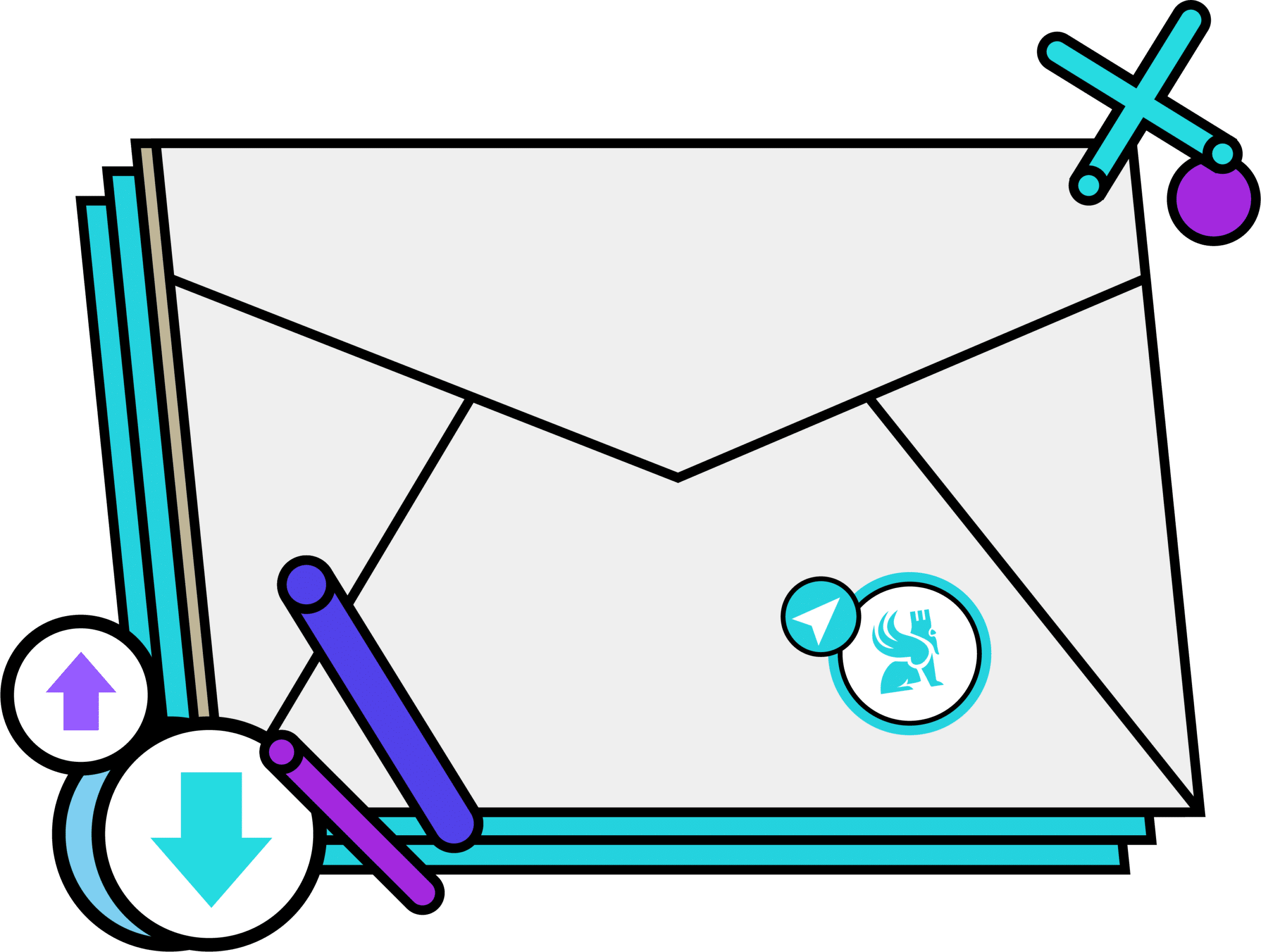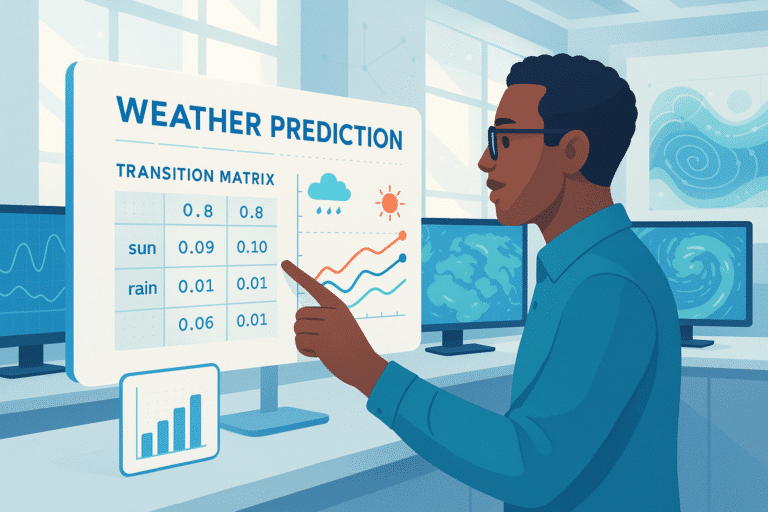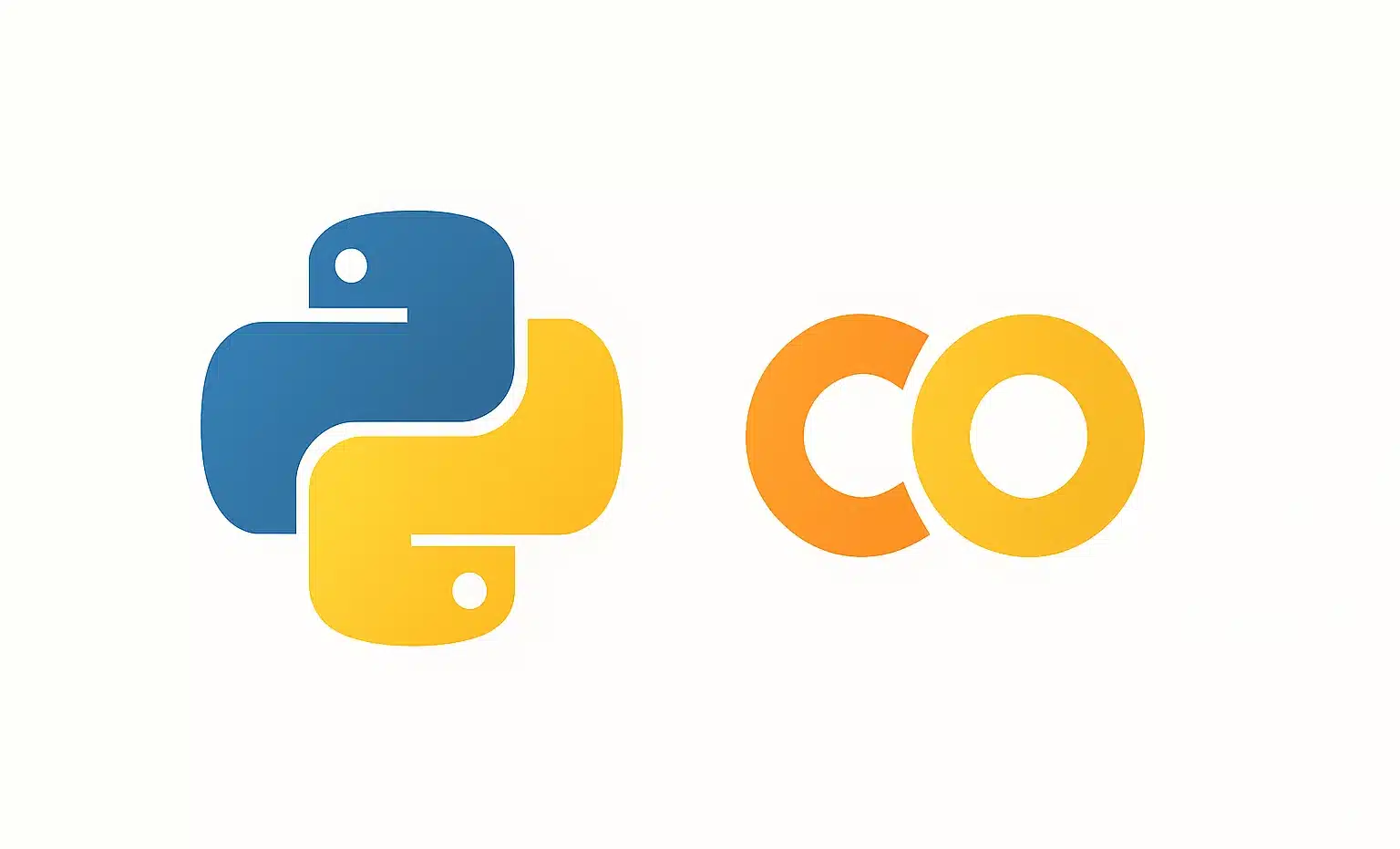Discover what a User Story is, how to write it effectively with practical examples, and what mistakes to avoid to optimize your Agile projects.
What is a User Story?
A User Story is a straightforward and concise description of a user need, written in a language that everyone can understand. Used in Agile methodology, it enables development teams to better grasp the expectations of end users and design appropriate solutions.
It typically follows a standard format:
“As a [type of user], I want [feature], so that [expected benefit].”
Examples of User Stories
- “As a user, I want to be able to reset my password so that I can regain access to my account if I forget it.”
- “As an administrator, I want to be able to generate a monthly sales report to monitor my company’s performance.”
Why use User Stories?
User Stories are a powerful tool for structuring an Agile project. Here are their main advantages:
1. Promote common understanding
They allow developers, designers, and project managers to align on a clear and shared goal.
2. Put the user at the center of development
Rather than focusing on technical specifications, they ensure that every feature meets a real need.
3. Facilitate flexibility and adaptation
User Stories are brief and can be easily adjusted as the project evolves.
4. Improve collaboration
They encourage discussion among stakeholders to refine and prioritize essential features.

How to write a good User Story?
1. Use the standard format
The template “As a… I want… So that…” is ideal for clearly expressing the need.
2. Follow the INVEST criteria
An effective User Story should adhere to these principles:
- Independent: Can be developed without relying on other stories.
- Negotiable: Can be discussed and improved.
- Valuable: Provides a user benefit.
- Estimable: Should be able to be evaluated in terms of effort.
- Simple: Concise and understandable.
- Testable: Can be validated with acceptance criteria.
3. Define acceptance criteria
Acceptance criteria allow verifying if the User Story has been implemented correctly.
Example: For the story “Authentication via Single Sign-On”
- The user clicks on “Log in with Google/Microsoft/SSO.”
- They are redirected to the identity provider (IdP).
- After authentication, they are automatically logged into the application without needing to enter a password.
4. Keep it simple and avoid technical jargon
User Stories should be understandable by the entire team, including non-technicians.
User Story vs. Use Case: What’s the difference?
A User Story is a quick description of a need, while a Use Case is a detailed document describing all possible scenarios for an interaction with the system.
Criterion | User Story | Use Case |
|---|---|---|
Objective | Describe a user need | Detail a usage scenario |
Format | Short, simple | Structured and detailed document |
Usage | Agile, iterative development | More formal and complex projects |

Best practices for managing User Stories
1. Create collaborative User Stories
Writing should be a collective effort involving the technical team and stakeholders.
2. Prioritize with the MoSCoW method
- Must Have: Indispensable features.
- Should Have: Important but not critical.
- Could Have: Optional but useful.
- Won’t Have: To be excluded from the current scope.
3. Use User Story Mapping
This technique allows visualizing and organizing stories according to the user journey.
Concrete examples of well-written User Stories
E-commerce examples
- “As a customer, I want to be able to filter products by price to easily find those that match my budget.”
- “As a user, I want to add items to my wishlist so I can find them later.”
SaaS examples
- “As a user, I want to receive a notification when a new message is sent to me so that I don’t miss important information.”
- “As an administrator, I want to manage user rights to secure data access.”
Conclusion
User Stories are a key element of Agile methodologies. When well-written, they ensure better collaboration, user focus, and quick adaptation to project changes. By following best practices and integrating clear acceptance criteria, you guarantee better feature management and efficient project delivery.
By applying these tips, your User Stories will become a genuine asset to optimize the success of your Agile developments.










